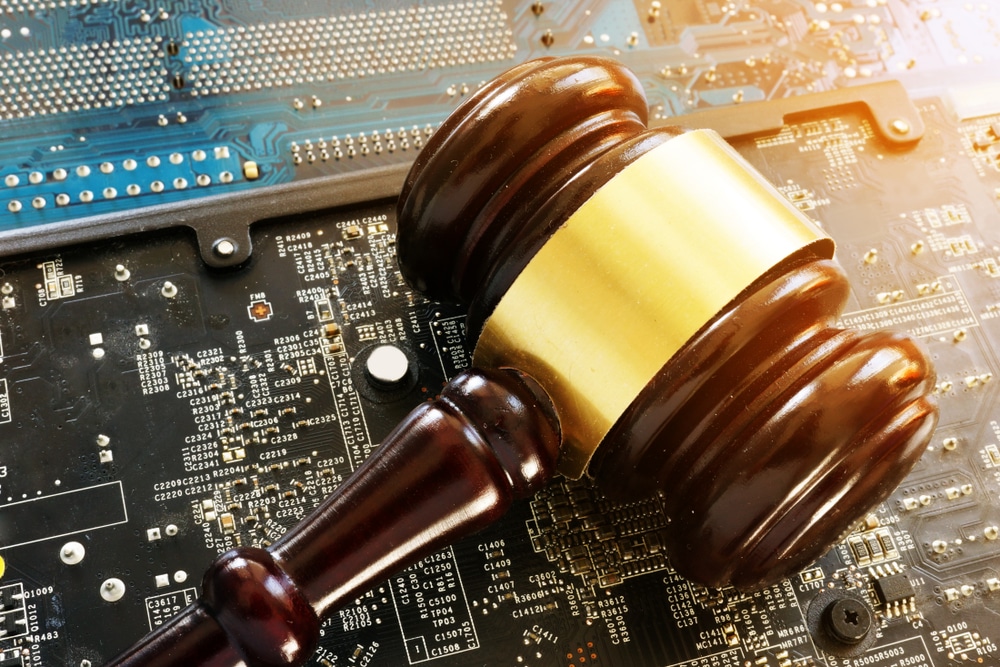The now-insolvent crypto lending firm BlockFi, has been granted approval to pay over $9 million in staff bonuses despite filing for bankruptcy.
This decision made by the court, has raised questions about the priorities of the court and the financial stability of the company.
Employee Retention Bonus
BlockFi suffered a liquidity crisis and filed for bankruptcy citing various reasons as to why it halted withdrawal on its platform, and attributed the company’s crisis to bad market conditions.
However, the decision to pay out bonuses to staff has raised concerns, as it is not typical for a company in bankruptcy to do so.
In a statement, BlockFi CEO stated that they are elated that the court recognized the importance of the talented and dedicated workforce.
He went on to say that these employees retention fees are essential to retaining the company’s top talent and ensuring the smooth operation of the business during the bankruptcy process, and also when it comes down to paying creditors.
However, not everyone is convinced that the bonuses are necessary.
Some critics have pointed out that the $9.9 million could be used to reimburse creditors or also serve the purpose of stabilizing the company during this process.
They argue that the court’s decision to allow the bonuses raises concerns on the way bankruptcy proceedings are handled.
Controversies Following This Decision
The court’s decision to allow these bonuses has been met with controversies, as companies in bankruptcy are typically required to get court approval before making any significant financial decisions.
The court must weigh the interests of the company, its creditors, and its employees when making such decisions.
It is unclear how the bonuses will be distributed among the remaining 125 workers, whether they will be paid in cash or any other form.
But as earlier stated from the report, the firm has stated that the payment is significant to retain these workers in the firm.
It is also worth noting that the $9 million plus in bonuses represents a small portion of the company’s assets and liabilities.
Also, the company’s board members would have to convince the court that this is the most strategic and profiting way to optimize the recovery for the stakeholders.
It will be interesting to see how this story develops and how it will affect the company’s future.

